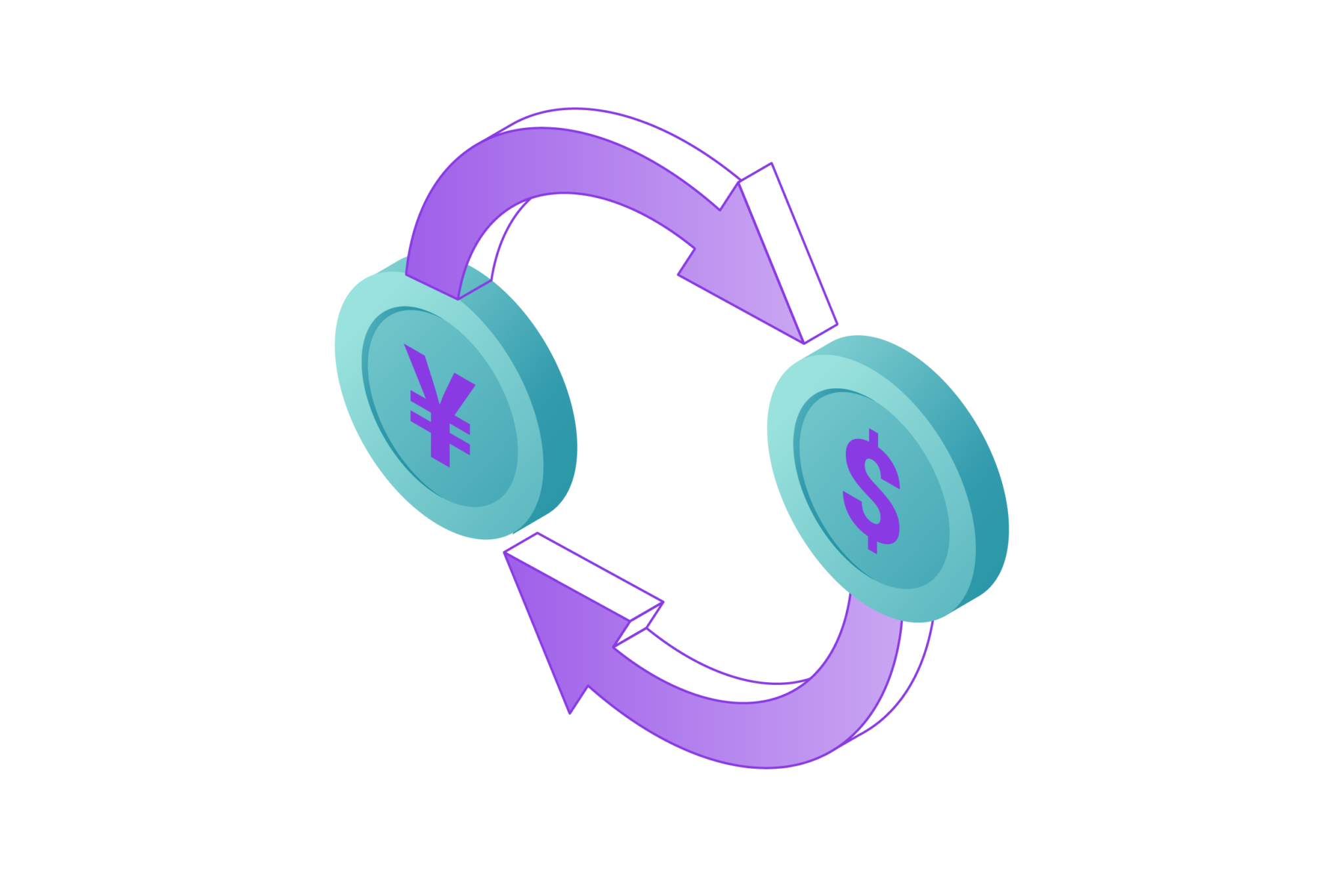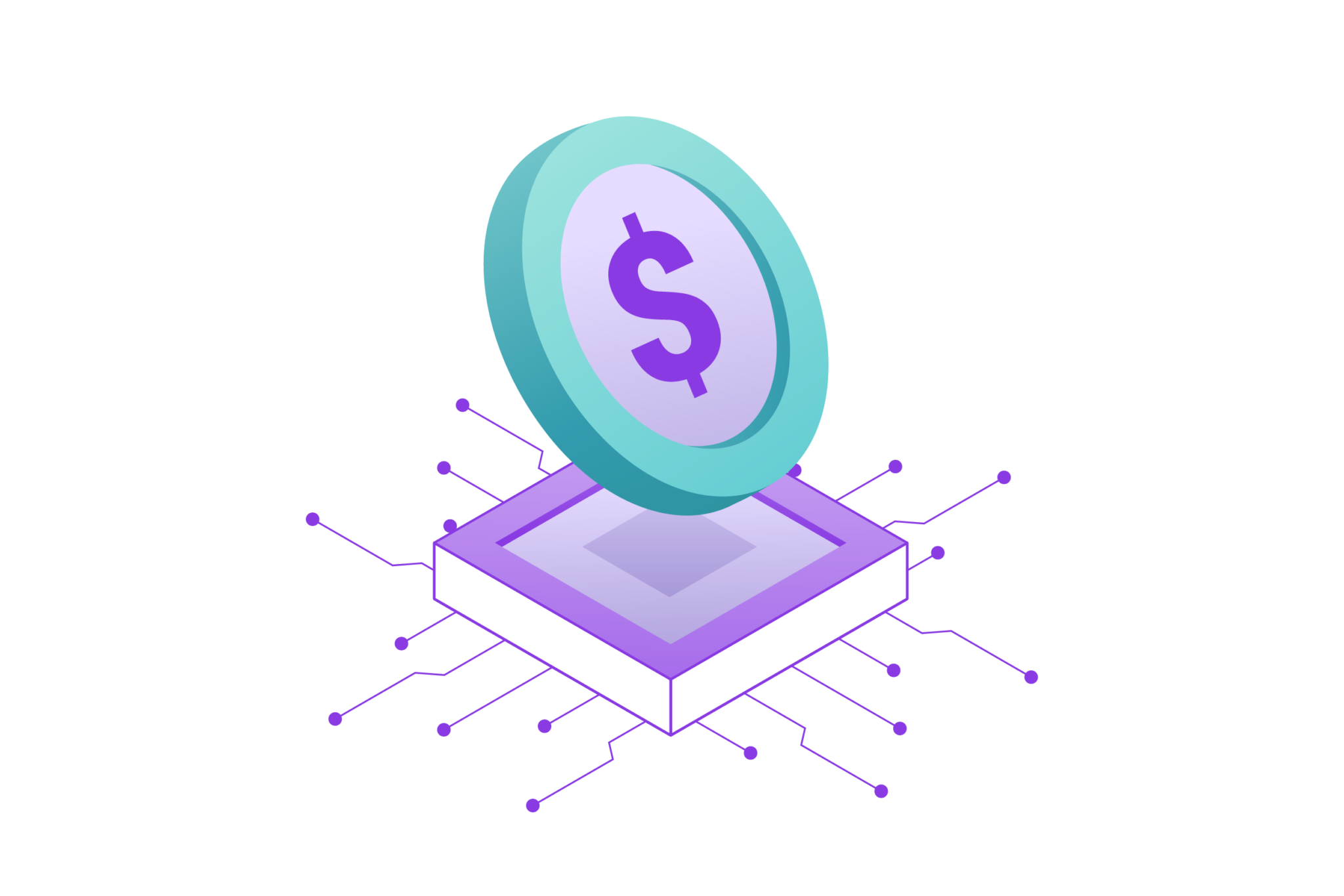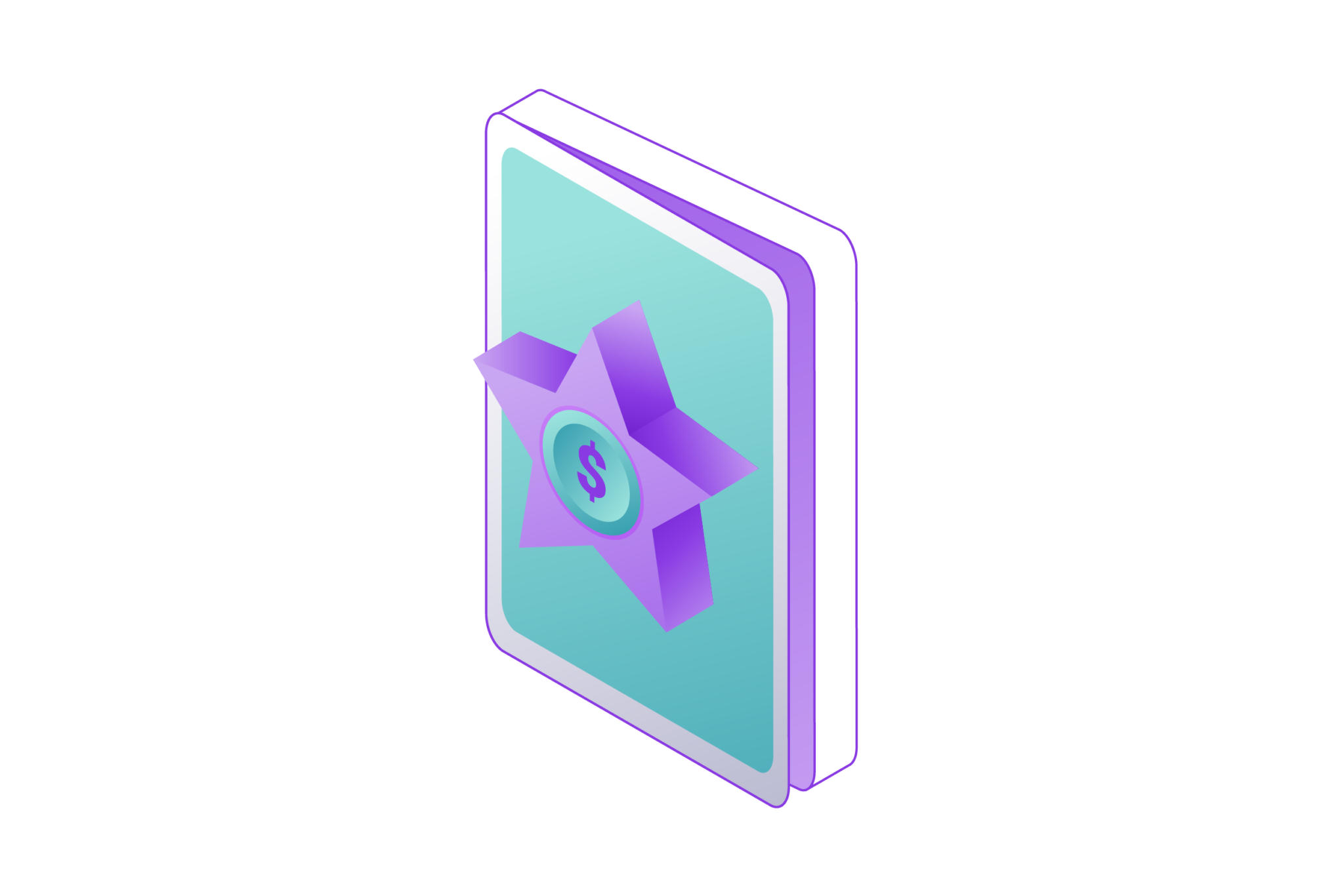
Currency pairs trading has become an essential part of the global financial market. With advancements in technology, traders now have better tools and resources to make informed decisions. This article explores the basics of currency pairs trading and how technology can be leveraged for better results.
In the dynamic world of foreign exchange, understanding the intricacies of currency pairs is crucial. From novices to experienced traders, having a solid grasp of how currency pairs work can make a significant difference in trading outcomes.
Technology has revolutionized many aspects of our lives, and currency trading is no exception. By harnessing advanced tools and platforms, traders can improve their strategies, manage risks more effectively, and ultimately achieve better results.
What is Currency Pairs Trading?

Currency pairs trading, also known as forex trading, involves buying one currency while simultaneously selling another. The value of a currency pair is determined by comparing the value of one currency against the other. This type of trading is fundamental to the foreign exchange market, which is the largest and most liquid financial market in the world.
The Concept of Currency Pairs
In forex trading, currencies are quoted in pairs, such as EUR/USD or USD/JPY. The first currency in the pair is known as the base currency, while the second currency is called the quote currency. The price of a currency pair indicates how much of the quote currency is needed to purchase one unit of the base currency.
How Forex Trading Works
Forex trading is conducted over the counter (OTC), meaning that trades are made directly between parties, usually through electronic trading platforms. This market operates 24 hours a day, five days a week, allowing traders to react to news and events that impact currency values at any time.
Objectives of Currency Pairs Trading
The primary goal of currency pairs trading is to profit from changes in the exchange rates. Traders analyze various factors, such as economic indicators, political events, and market sentiment, to predict future price movements and make profitable trades.
Also Read: What Is Hedge Fund Capital Raising? A Comprehensive Guide
The Basics of Currency Pairs

Understanding the basics of currency pairs is essential for anyone looking to trade in the forex market. This section will cover how currency pairs are quoted, the difference between major and minor pairs, and the role of the bid-ask spread.
How Currency Pairs are Quoted
In the forex market, currencies are always quoted in pairs. The first currency listed is the base currency, and the second is the quote currency. For example, in the pair EUR/USD, the euro (EUR) is the base currency, and the U.S. dollar (USD) is the quote currency. The price of the pair indicates how much of the quote currency is needed to purchase one unit of the base currency. If EUR/USD is quoted at 1.20, it means 1 euro is equal to 1.20 U.S. dollars.
Major vs. Minor Currency Pairs
Currency pairs are categorized into major, minor, and exotic pairs. Major currency pairs include the most traded currencies in the world, such as EUR/USD, USD/JPY, GBP/USD, and USD/CHF. These pairs typically have high liquidity and lower volatility, making them popular among traders. Minor currency pairs, also known as cross-currency pairs, do not include the U.S. dollar. Examples include EUR/GBP, EUR/AUD, and GBP/JPY. Exotic currency pairs consist of one major currency and one currency from an emerging market, such as USD/TRY or USD/SGD. These pairs can be more volatile and less liquid.
The Bid-Ask Spread
The bid-ask spread is a crucial concept in forex trading. The bid price is the highest price that a buyer is willing to pay for a currency pair, while the ask price is the lowest price that a seller is willing to accept. The difference between these two prices is known as the spread. The spread represents the cost of trading and can vary depending on market conditions, liquidity, and the currency pair being traded. Tighter spreads are generally more favorable for traders as they reduce trading costs.
Grasping the fundamental concepts of currency pairs is vital for anyone entering the forex market. By understanding how currency pairs are quoted, the distinctions between major, minor, and exotic pairs, and the significance of the bid-ask spread, traders can make more informed and strategic decisions. Mastery of these basics lays a strong foundation for successful currency pairs trading.
Major Currency Pairs and Their Importance

Major currency pairs are the most traded and liquid pairs in the forex market. Understanding these pairs is crucial for traders because they often offer the best trading opportunities due to their high liquidity and lower volatility compared to minor and exotic pairs.
The Most Traded Currency Pairs
The major currency pairs include the following:
- EUR/USD (Euro/US Dollar): The most traded currency pair, representing the economies of the European Union and the United States. It is known for its high liquidity and tight spreads.
- USD/JPY (US Dollar/Japanese Yen): This pair represents the US and Japanese economies. It is popular among traders due to the economic stability and strength of both countries.
- GBP/USD (British Pound/US Dollar): Known as “Cable,” this pair reflects the economic relationship between the UK and the US.
- USD/CHF (US Dollar/Swiss Franc): Often referred to as the “Swissie,” this pair is considered a safe haven due to the stability of the Swiss economy.
- AUD/USD (Australian Dollar/US Dollar): This pair is influenced by commodity prices, as Australia is a major exporter of minerals and other raw materials.
- USD/CAD (US Dollar/Canadian Dollar): Known as the “Loonie,” this pair is also influenced by commodity prices, particularly oil, as Canada is a significant oil exporter.
- NZD/USD (New Zealand Dollar/US Dollar): This pair reflects the economic ties between New Zealand and the US, with a focus on agricultural exports.
Importance of Major Currency Pairs
Major currency pairs are crucial for several reasons:
- High Liquidity: These pairs have the highest trading volumes, ensuring that trades can be executed quickly and with minimal price slippage.
- Lower Volatility: Major pairs generally exhibit lower volatility compared to minor and exotic pairs, making them more predictable and stable for traders.
- Tighter Spreads: Due to their high liquidity, major pairs often have tighter spreads, reducing the cost of trading.
- Economic Indicators: Major pairs are influenced by key economic indicators and events from the world’s largest economies, providing traders with ample information to make informed decisions.
Factors Influencing Major Currency Pairs
Several factors can influence the price movements of major currency pairs, including:
- Economic Data: Reports such as GDP, employment figures, and inflation rates can impact currency values.
- Political Events: Elections, policy changes, and geopolitical events can cause fluctuations in currency prices.
- Central Bank Policies: Interest rate decisions and monetary policy announcements from central banks like the Federal Reserve and the European Central Bank play a significant role in currency movements.
- Market Sentiment: Traders’ perceptions and expectations can drive market trends and influence currency prices.
Understanding the major currency pairs and their importance can help traders develop effective strategies and make better trading decisions. These pairs provide a solid foundation for any forex trading plan due to their stability, liquidity, and wealth of available information.
Leveraging Technology in Currency Pairs Trading
The integration of technology into currency pairs trading has transformed the forex market, making it more accessible, efficient, and profitable for traders. This section explores the various technological advancements that have revolutionized trading and how traders can leverage these tools for better results.
Trading Platforms
Modern trading platforms are at the heart of technological advancements in forex trading. These platforms offer user-friendly interfaces, advanced charting tools, and real-time market data. Popular trading platforms like MetaTrader 4 (MT4), MetaTrader 5 (MT5), and TradingView provide traders with the ability to execute trades quickly, analyze market trends, and develop automated trading strategies through Expert Advisors (EAs).
Algorithmic Trading
Algorithmic trading, or algo-trading, uses computer algorithms to execute trades based on pre-defined criteria. These algorithms can analyze large datasets, monitor market conditions, and execute trades at high speeds, often faster than human traders. By leveraging algo-trading, traders can eliminate emotional biases, improve execution accuracy, and take advantage of market opportunities that might be missed manually.
Artificial Intelligence and Machine Learning
Artificial Intelligence (AI) and Machine Learning (ML) are increasingly being used in forex trading to enhance decision-making processes. AI algorithms can analyze historical data, identify patterns, and make predictions about future price movements. ML models can continuously learn from new data, improving their accuracy over time. These technologies enable traders to develop sophisticated trading strategies, optimize their portfolios, and manage risks more effectively.
Mobile Trading Apps
The rise of mobile trading apps has made forex trading more accessible than ever before. These apps allow traders to monitor the markets, execute trades, and manage their accounts from their smartphones or tablets. Leading trading apps offer features such as real-time price alerts, news updates, and seamless integration with desktop trading platforms. This mobility ensures that traders can stay connected to the markets and respond to opportunities anytime, anywhere.
Social Trading
Social trading platforms have gained popularity by enabling traders to share strategies, insights, and trade ideas with a community of traders. Platforms like eToro allow users to follow and copy the trades of experienced traders, making it easier for beginners to learn and potentially profit from the expertise of others. Social trading fosters a collaborative environment where traders can discuss market trends, exchange tips, and improve their trading skills.
Risk Management Tools
Advanced risk management tools have become an integral part of forex trading technology. Features such as stop-loss orders, take-profit orders, and trailing stops help traders manage their risk exposure and protect their capital. Additionally, risk assessment software can analyze a trader’s portfolio, identify potential risks, and suggest strategies to mitigate them. By utilizing these tools, traders can make more informed decisions and safeguard their investments.
Data Analytics
Data analytics plays a crucial role in modern forex trading. By analyzing large volumes of market data, traders can gain insights into market trends, volatility, and price movements. Data analytics tools help traders backtest their strategies, optimize their trading systems, and make data-driven decisions. The ability to process and interpret complex data sets gives traders a competitive edge in the fast-paced forex market.
Automated Trading Systems
Automated trading systems, also known as trading robots, allow traders to automate their trading strategies. These systems can execute trades based on predefined rules, eliminating the need for manual intervention. Automated trading systems can monitor multiple markets simultaneously, execute trades at optimal times, and reduce the impact of emotional decision-making. By leveraging automation, traders can enhance their efficiency and consistency in the market.
Real-Time Market Data and News
Access to real-time market data and news is essential for successful forex trading. Advanced trading platforms and news services provide traders with up-to-the-minute information on economic indicators, political events, and market sentiment. This real-time data enables traders to react quickly to market changes, adjust their strategies, and capitalize on emerging opportunities.
By leveraging these technological advancements, traders can enhance their trading strategies, improve their decision-making processes, and ultimately achieve better results in the forex market. Embracing technology in currency pairs trading is not just an option; it’s a necessity in today’s fast-paced and ever-evolving market landscape.
Also Read: 10 Best Blockchain Consulting to Consider in 2024
Tips for Successful Currency Pairs Trading
Successful currency pairs trading requires a combination of knowledge, strategy, and discipline. Here are some essential tips to help traders navigate the forex market effectively.
Develop a Trading Plan
A well-defined trading plan is the foundation of successful trading. It should include your trading goals, risk tolerance, preferred trading strategies, and criteria for entering and exiting trades. By having a clear plan, you can stay focused, avoid emotional decision-making, and maintain consistency in your trading activities.
Stay Informed
Keeping up with the latest news and economic events is crucial in forex trading. Economic indicators, such as interest rates, employment data, and GDP growth, can significantly impact currency prices. By staying informed, you can anticipate market movements and make better trading decisions. Utilize news services and economic calendars to stay updated on important events.
Use Technical Analysis
Technical analysis involves studying historical price data and using charts to identify patterns and trends. Common technical analysis tools include moving averages, relative strength index (RSI), and Bollinger Bands. By understanding and applying these tools, traders can predict future price movements and identify potential entry and exit points for their trades.
Manage Risk
Effective risk management is vital to long-term trading success. Never risk more than you can afford to lose on a single trade. Use stop-loss orders to limit potential losses and take-profit orders to secure profits. Diversify your trading portfolio to spread risk across different currency pairs and avoid over-leveraging your trades, which can lead to significant losses.
Practice with a Demo Account
Before committing real money to the forex market, practice trading with a demo account. Most trading platforms offer demo accounts that simulate real trading conditions. This allows you to test your strategies, get comfortable with the trading platform, and gain experience without risking actual capital. Use this opportunity to refine your skills and build confidence.
Learn from Your Trades
Keep a trading journal to document your trades, including the reasons for entering and exiting positions, the outcomes, and any lessons learned. Reviewing your trades regularly can help you identify patterns, understand your strengths and weaknesses, and improve your trading strategies over time. Continuous learning and adaptation are key to becoming a successful trader.
Maintain Emotional Discipline
Emotional discipline is critical in forex trading. Fear and greed can lead to impulsive decisions and significant losses. Stick to your trading plan and avoid making decisions based on emotions. Set realistic goals, accept that losses are part of trading, and focus on long-term success rather than short-term gains.
Utilize Automated Tools
Leverage automated trading tools and systems to enhance your trading efficiency. Automated trading systems can execute trades based on predefined criteria, eliminating the need for constant monitoring. These tools can help you take advantage of market opportunities and manage your trades more effectively.
Continuously Educate Yourself
The forex market is constantly evolving, and successful traders continuously educate themselves. Attend webinars, read trading books, follow market analysts, and participate in trading communities to stay updated on new strategies, tools, and market developments. A commitment to ongoing education will keep you ahead of the curve and improve your trading performance.
Focus on Major Currency Pairs
While it’s important to diversify your trades, focusing on major currency pairs can provide more stability and predictability. Major pairs have higher liquidity, lower spreads, and more available information for analysis. Start with major pairs before exploring minor and exotic pairs as you gain more experience.
By following these tips, traders can improve their chances of success in the forex market. Consistency, discipline, and continuous learning are the cornerstones of effective currency pairs trading.
Conclusion
Currency pairs trading offers numerous opportunities for traders by providing a dynamic and accessible way to participate in the global financial markets. Understanding the basics of how currency pairs are quoted and the significance of major currency pairs is essential for building a strong foundation in forex trading. High liquidity, lower spreads, and the availability of ample information make major currency pairs a favorable choice for traders.
The role of technology in currency pairs trading cannot be overstated. Advanced trading platforms, algorithmic trading, AI, and mobile apps have revolutionized how traders analyze the market, execute trades, and manage risks. By leveraging these tools, traders can improve their decision-making processes and increase their efficiency. The integration of automated trading systems and real-time market data further enhances the ability to capitalize on market opportunities quickly and accurately.
Successful currency pairs trading requires a combination of knowledge, strategy, and discipline. Developing a comprehensive trading plan, staying informed about economic events, and practicing effective risk management are crucial components. Emotional discipline and continuous learning are also vital for long-term success. By embracing these principles and leveraging the available technological advancements, traders can navigate the forex market more effectively and achieve better results.
Disclaimer: The information provided by Quant Matter in this article is intended for general informational purposes and does not reflect the company’s opinion. It is not intended as investment advice or a recommendation. Readers are strongly advised to conduct their own thorough research and consult with a qualified financial advisor before making any financial decisions.

I'm Carina, a passionate crypto trader, analyst, and enthusiast. With years of experience in the thrilling world of cryptocurrency, I have dedicated my time to understanding the complexities and trends of this ever-evolving industry.
Through my expertise, I strive to empower individuals with the knowledge and tools they need to navigate the exciting realm of digital assets. Whether you're a seasoned investor or a curious beginner, I'm here to share valuable insights, practical tips, and comprehensive analyses to help you make informed decisions in the crypto space.
- Carinahttps://quantmatter.com/author/carina/
- Carinahttps://quantmatter.com/author/carina/
- Carinahttps://quantmatter.com/author/carina/
- Carinahttps://quantmatter.com/author/carina/
